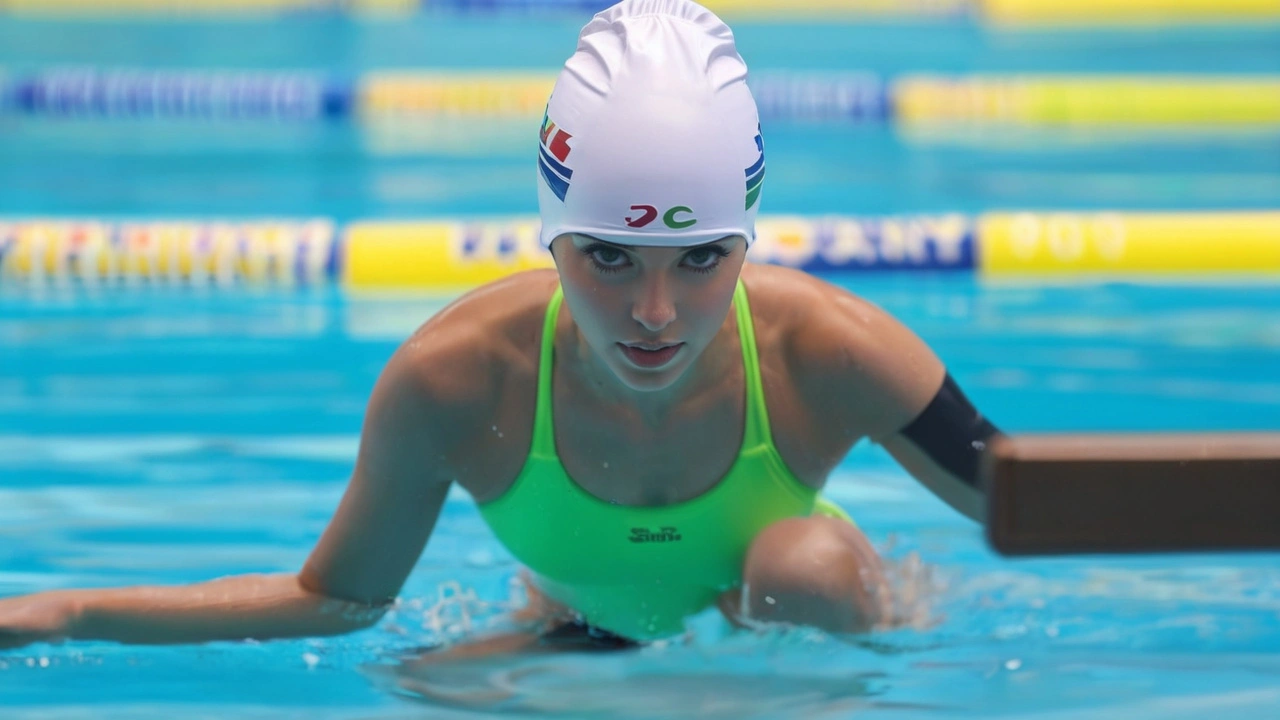Artistic Swimming – Latest News, Tips & How to Watch
If you’ve ever seen a team glide through water in perfect harmony, you already know why artistic swimming (formerly synchronized swimming) grabs attention. It’s a mix of sport, dance and drama that’s growing fast across Africa and the world.
What Is Artistic Swimming?
Artistic swimming combines precise movements, breath control and choreography to tell a story in the pool. Athletes perform routines set to music, judged on technical skill, artistic impression and difficulty. The sport demands strength – swimmers need core power for lifts and jumps – plus flexibility and an eye for timing.
Why It Matters in Africa
Africa is seeing a surge of interest thanks to new training centres and support from national federations. Countries like South Africa, Egypt and Kenya are fielding teams at the World Championships, and young swimmers are getting scholarships to train abroad. This rise means more local competitions, TV coverage and chances for fans to see homegrown talent on the global stage.
For anyone wanting to get into artistic swimming, start with basic water confidence. Learn how to hold your breath longer and practice sculling – the smooth hand motion that keeps you afloat without kicking. From there, join a club that offers synchronized routines; most clubs welcome beginners and will teach you the fundamentals before you attempt lifts.
Training schedules usually mix pool work with land drills. Stretching, Pilates and strength circuits build the core stability needed for upside‑down moves. A typical week might include two pool sessions focusing on technique, one land session for conditioning, and a choreography rehearsal to lock in timing with music.
If you’re looking to follow artistic swimming events, keep an eye on the Olympic calendar – the sport returns every four years with solo, duet and team categories. The World Aquatics Championships happen biennially and often feature African teams. Streaming platforms like beIN Sports, YouTube TV and local broadcasters in South Africa usually carry live coverage.
Social media is another great way to stay updated. Follow the official World Aquatics accounts and national federation pages for behind‑the‑scenes clips, athlete interviews and schedule changes. Instagram reels often show quick tutorials on moves like the “ballet leg” or “spinning scull,” which can help fans appreciate the skill level when watching a routine.
For those who want to support African artistic swimming, consider attending regional meets if they’re hosted in your city. Ticket prices are modest and you’ll get an up‑close view of athletes pushing the limits of what’s possible in water. Even cheering from home helps raise the sport’s profile and encourages sponsors to invest.
In short, artistic swimming blends athleticism with artistry, and its popularity is on a steady climb across Africa. Whether you’re a viewer, aspiring swimmer or fan looking for the next big competition, there are plenty of ways to stay in the loop. Keep checking Ovio News Africa for fresh stories, match previews and athlete spotlights that bring this beautiful water sport right to your screen.

Artistic Swimming's Evolution: Paris 2024 Welcomes Male Athletes, Grit, and Glamour
Aug 5, 2024 / 5 Comments
Artistic swimming, formerly synchronized swimming, sees its dramatic evolution at Paris 2024 with the inclusion of male athletes. Rigorous training, muscular demands, and riskier tricks characterize the sport today. Key highlights include the debut of team and duet events and the absence of Russian athletes due to geopolitical issues.
READ MORERECENT POSTS
- Bronny James Drafted by LA Lakers: A Historic NBA Moment in the Making
- Football Ferns crushed 5-0 by Matildas in historic defeat at Gosford
- England vs Pakistan: Live Updates on the Thrilling 2nd T20I at Edgbaston
- Messi Draws Massive Crowd but Goes Goalless as Inter Miami and Chicago Fire Set New MLS Attendance Record
- Bukayo Saka's Heartfelt Goodbye: Emile Smith Rowe's Move from Arsenal to Fulham
